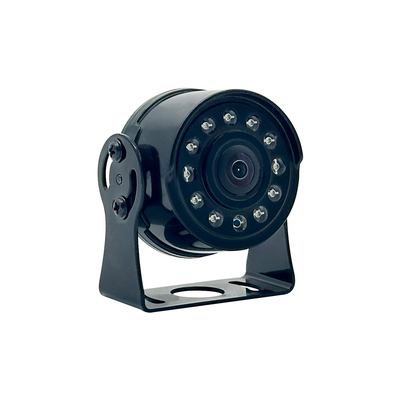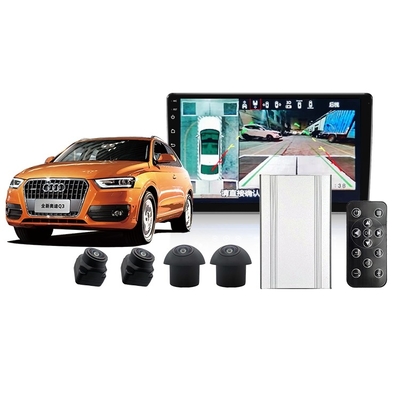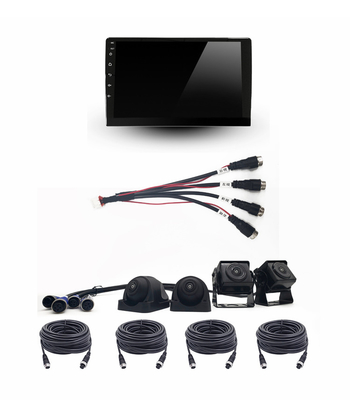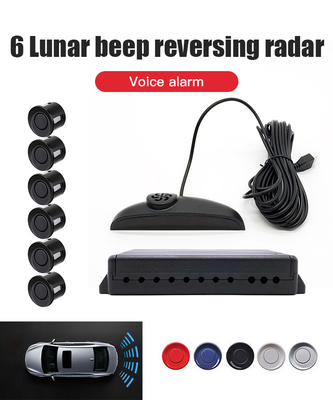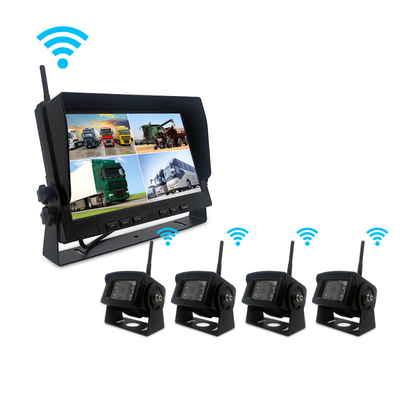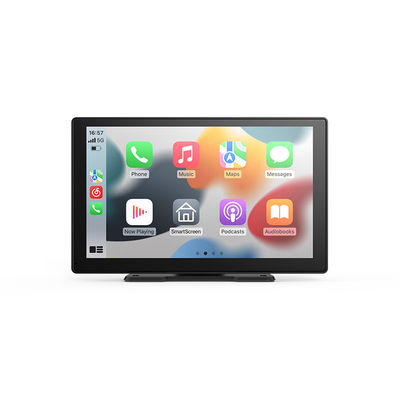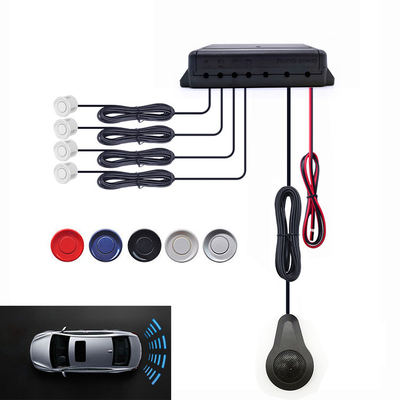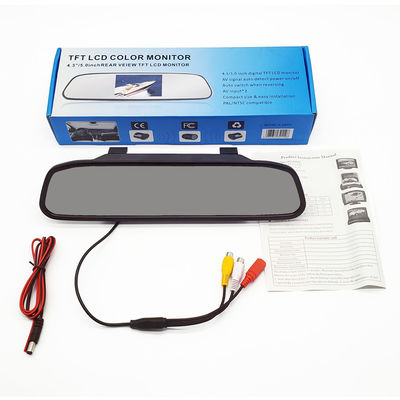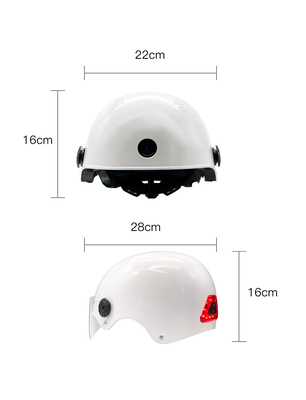Tìm Hiểu về Tầm Nhìn Ban Đêm cho Xe Nâng
Tầm nhìn ban đêm đề cập đến việc hiển thị hình ảnh trong điều kiện ánh sáng môi trường yếu hoặc bóng tối. Camera có thể sử dụng đèn LED hồng ngoại, cảm biến CMOS nâng cao hoặc cả hai. Thiết kế phù hợp giúp người vận hành nhìn thấy hàng hóa, chướng ngại vật, giá đỡ vào ban đêm.
Chất Lượng của Ánh Sáng Hồng Ngoại
Đèn LED hồng ngoại cần cung cấp đủ tầm nhìn mà không gây chói hoặc làm mờ hình ảnh. Ánh sáng hồng ngoại quá mức có thể làm mờ các bề mặt gần đó. Ánh sáng hồng ngoại yếu sẽ cho hình ảnh mờ, nhiễu. Ánh sáng hồng ngoại cân bằng là chìa khóa.
Độ Nhạy của Cảm Biến và Quản Lý Nhiễu
Cảm biến hình ảnh tốt với độ nhạy ánh sáng yếu tạo ra hình ảnh rõ ràng hơn với ít nhiễu hình ảnh hơn. Nhiễu điện tử có thể che khuất các chi tiết trong vùng tối. Cảm biến chất lượng cao hơn giúp duy trì độ rõ nét của hình ảnh vào ban đêm.
Chế Độ Tầm Nhìn Ban Đêm Màu so với Đen Trắng
Một số camera tự động chuyển đổi giữa chế độ màu vào ban ngày và đen trắng trong điều kiện ánh sáng yếu. Đen trắng thường cho độ tương phản tốt hơn vào ban đêm. Màu sắc giúp nhận dạng các hộp hoặc nhãn vào ban ngày.
Các Vấn Đề Cần Tránh: Độ Trễ, Chói, Quá Sáng
Độ trễ trong nguồn cấp video rất nguy hiểm khi lùi hoặc di chuyển nhanh. Ánh sáng chói từ đèn xe nâng hoặc phản xạ có thể làm biến dạng tầm nhìn. Quá sáng từ IR có thể làm bão hòa hình ảnh. Các hệ thống tốt có điều khiển độ lợi tự động, điều chỉnh dải động.
Độ Bền của Các Thành Phần Tầm Nhìn Ban Đêm
Đèn LED hồng ngoại bị suy giảm theo thời gian. Vỏ kín bảo vệ thiết bị điện tử khỏi bụi và hơi ẩm. Tản nhiệt giúp ngăn ngừa hỏng hóc sớm. Thiết kế chắc chắn đảm bảo mô-đun tầm nhìn ban đêm vẫn hoạt động trong điều kiện vận hành xe nâng khắc nghiệt.
Phạm Vi Quan Sát vào Ban Đêm
Người vận hành cần nhìn thấy vài mét phía sau hoặc phía trước để di chuyển an toàn. Phạm vi tầm nhìn ban đêm phải phù hợp với môi trường. Đối với các lối đi trong nhà hẹp, vài mét có thể đủ. Sử dụng ngoài trời hoặc trong sân có thể yêu cầu tầm nhìn xa hơn.
Các Thách Thức Bảo Trì trong Hệ Thống Camera Tầm Nhìn Ban Đêm
Vệ sinh ống kính quan trọng hơn; bụi bẩn ảnh hưởng đến sự phản xạ ánh sáng yếu hơn. Pin hoặc nguồn điện phải duy trì điện áp ổn định hoặc hình ảnh có thể nhấp nháy hoặc bị lỗi. Kiểm tra định kỳ giúp duy trì hiệu suất.
Mẹo Thực Tế để Sử Dụng
Sử dụng ánh sáng phụ trợ khi có thể. Tránh hướng camera trực tiếp vào đèn sáng. Điều chỉnh góc camera để giảm phản xạ. Để camera điều chỉnh độ lợi tự động trước khi thực hiện các tác vụ nặng vào ban đêm.
Tóm Tắt: Tối Đa Hóa Giá Trị Tầm Nhìn Ban Đêm
Việc chọn một hệ thống camera có tầm nhìn ban đêm tốt, IR cân bằng, cảm biến chất lượng cao, vỏ chắc chắn, phạm vi quan sát phù hợp mang lại những lợi ích lớn về an toàn trong điều kiện ánh sáng yếu. Tránh những cạm bẫy như chói, trễ, quá sáng giúp hệ thống đáng tin cậy khi cần thiết nhất.






